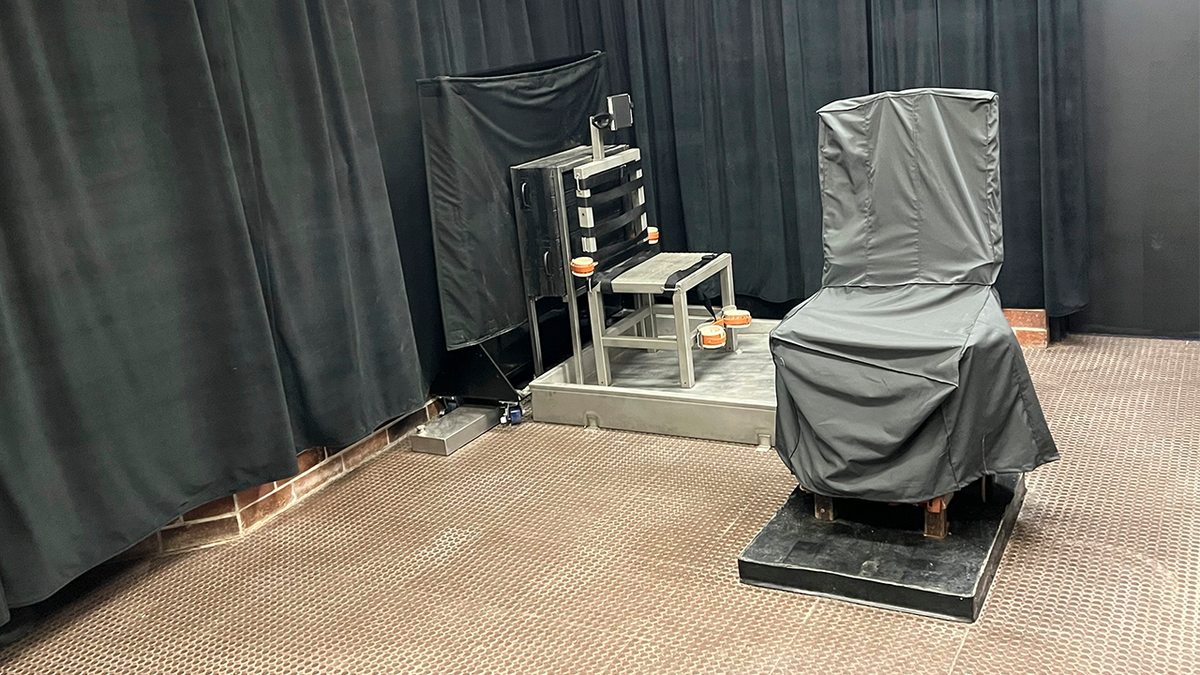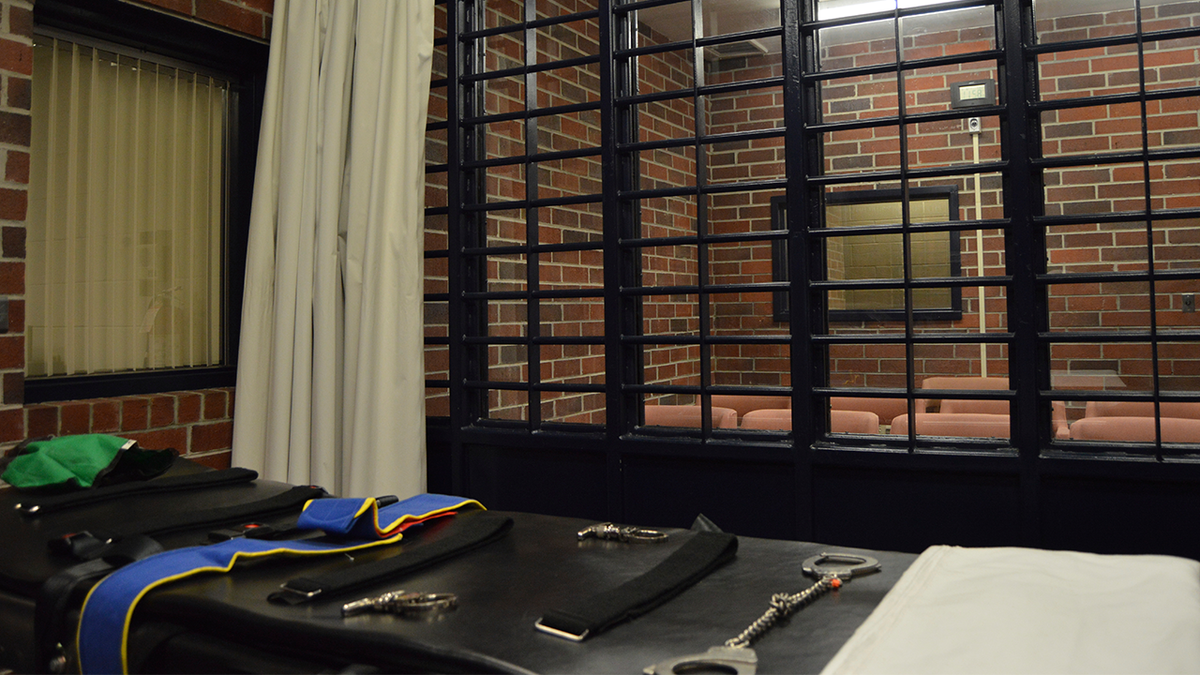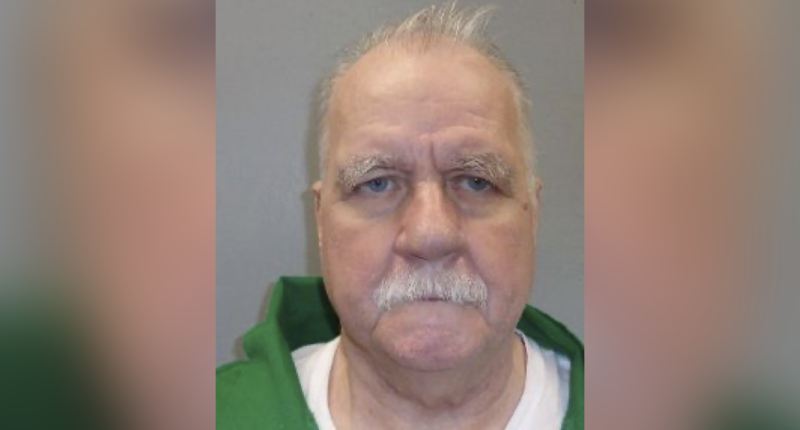An inmate on death row in South Carolina has decided to be executed by a firing squad, making him just the fourth person in the U.S. to be put to death using this particular method.
Brad Sigmon, aged 67, who is set to be executed on March 7, let state officials know on Friday about his preference to face a firing squad instead of lethal injection or the electric chair. He mentioned the prolonged suffering that previous inmates endured when they were executed by lethal injection as part of his reason for choosing this method.
Sigmon became the first inmate in South Carolina to opt for a firing squad. So far, only three inmates in the U.S. have been executed in this manner since 1976, all in Utah, with the most recent one taking place 15 years ago.
In the death chamber, Sigmon will be strapped to a chair and have a hood over his head and a target over his heart. Three shooters will fire at him through a small opening about 15 feet away.

This photo provided by the South Carolina Department of Corrections shows the state’s death chamber in Columbia, South Carolina, including the electric chair, right, and a firing squad chair, left. (South Carolina Department of Corrections via AP)
The state Legislature approved the firing squad after prison officials had difficulty obtaining lethal injection drugs due to pharmaceutical companies’ concerns that they would have to disclose they had sold the drugs to state officials. The state legislature then passed the shield law, allowing officials to keep lethal injection drug suppliers private, but the firing squad remained an option.
Lawyers for Sigmon said he chose against lethal injection because of concerns over the three previous executions since the state resumed carrying out the death penalty in September after a 13-year involuntary pause and moved to using a massive dose of pentobarbital. Witnesses to the three prior executions said that despite the men appearing to stop breathing and moving in only a few minutes, they were not declared dead for at least 20 minutes.
Sigmon did not select the electric chair because it would “burn and cook him alive,” his attorney, Gerald “Bo” King, said in a statement.
“The choice Brad faced today was impossible,” King wrote. “Unless he elected lethal injection or the firing squad, he would die in South Carolina’s ancient electric chair, which would burn and cook him alive. But the alternative is just as monstrous.”
“If he chose lethal injection, he risked the prolonged death suffered by all three of the men South Carolina has executed since September—three men Brad knew and cared for—who remained alive, strapped to a gurney, for more than twenty minutes. At least one required a second, massive dose of pentobarbital before his heart stopped, and he died with his lungs swollen with fluid,” he continued.
South Carolina keeping information secret about how it conducts lethal injections led him to decide on the firing squad, which he acknowledges will be a violent death, his lawyer said.
“The only choice that remained is the firing squad. Brad has no illusions about what being shot will do to his body,” King said. “He does not wish to inflict that pain on his family, the witnesses, or the execution team. But, given South Carolina’s unnecessary and unconscionable secrecy, Brad is choosing as best he can. “

The room where inmates are executed in Columbus, South Carolina. (South Carolina Department of Corrections via AP)
The autopsy report has been released for only one of the executions. Prison officials said Richard Moore was given two large doses of pentobarbital 11 minutes apart on Nov. 1. Sigmon’s lawyers said Moore’s autopsy showed unusual amounts of fluid in his lungs, and an expert suggested he may have felt like he was consciously drowning and suffocating during the 23 minutes it took for him to be pronounced dead.
Attorneys for the state said the fluid is not unusual for executions by a large dose of pentobarbital and cited witnesses who said the inmates executed in the state so far have only been conscious and breathing for about a minute after the process begins.
There was no autopsy after the execution of Freddie Owens on Sept. 20 at his request, citing religious reasons due to his Muslim faith.
South Carolina has executed 46 inmates since the death penalty was resumed in the U.S. in 1976. In the early 2000s, the state was carrying out an average of three executions per year. Only nine states have killed more inmates.
The Associated Press contributed to this report.
















